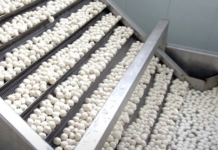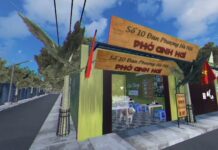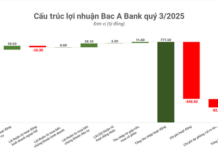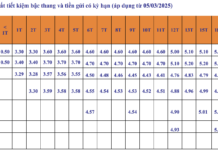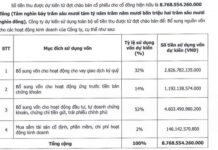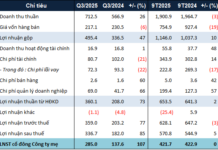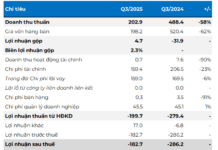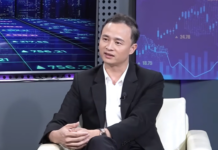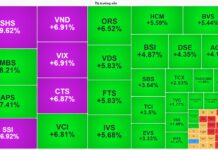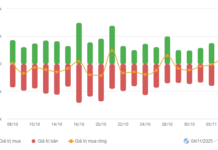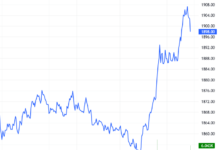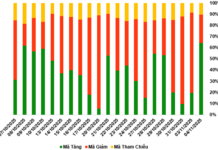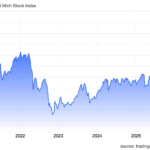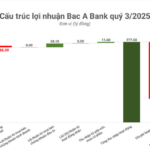The Ministry of Finance’s Department of Statistics has just released the socio-economic report for the first eight months of 2025, showing impressive results. The country’s trade turnover reached nearly $598 billion, a 16.3% increase from the previous year, with a trade surplus of nearly $14 billion. The dynamism of the business sector is evident, with nearly 210,000 new and returning businesses, a 24.5% jump from the same period last year.
A Mix of Opportunities and Challenges
The recovery in production and business activities has spurred a significant increase in credit demand. According to the State Bank of Vietnam (SBV)’s statistics as of August 29, total credit outstanding in the economy reached VND 1,746 trillion, an 11.82% increase from the end of 2024. This translates to over VND 1,800 trillion injected into the economy through the banking system. Moreover, average lending rates have dropped by 0.6 percentage points compared to last year, providing much-needed relief to individuals and businesses.
World Bank recognizes the supportive role of the SBV’s loose monetary policy in the recovery process, with policy rates effectively at 0% as the SBV maintains the refinancing rate at 4.5% and the discount rate at 3%—a record low since June 2023. However, they also note that the majority of the increased credit has flowed into real estate, manufacturing, and trading.
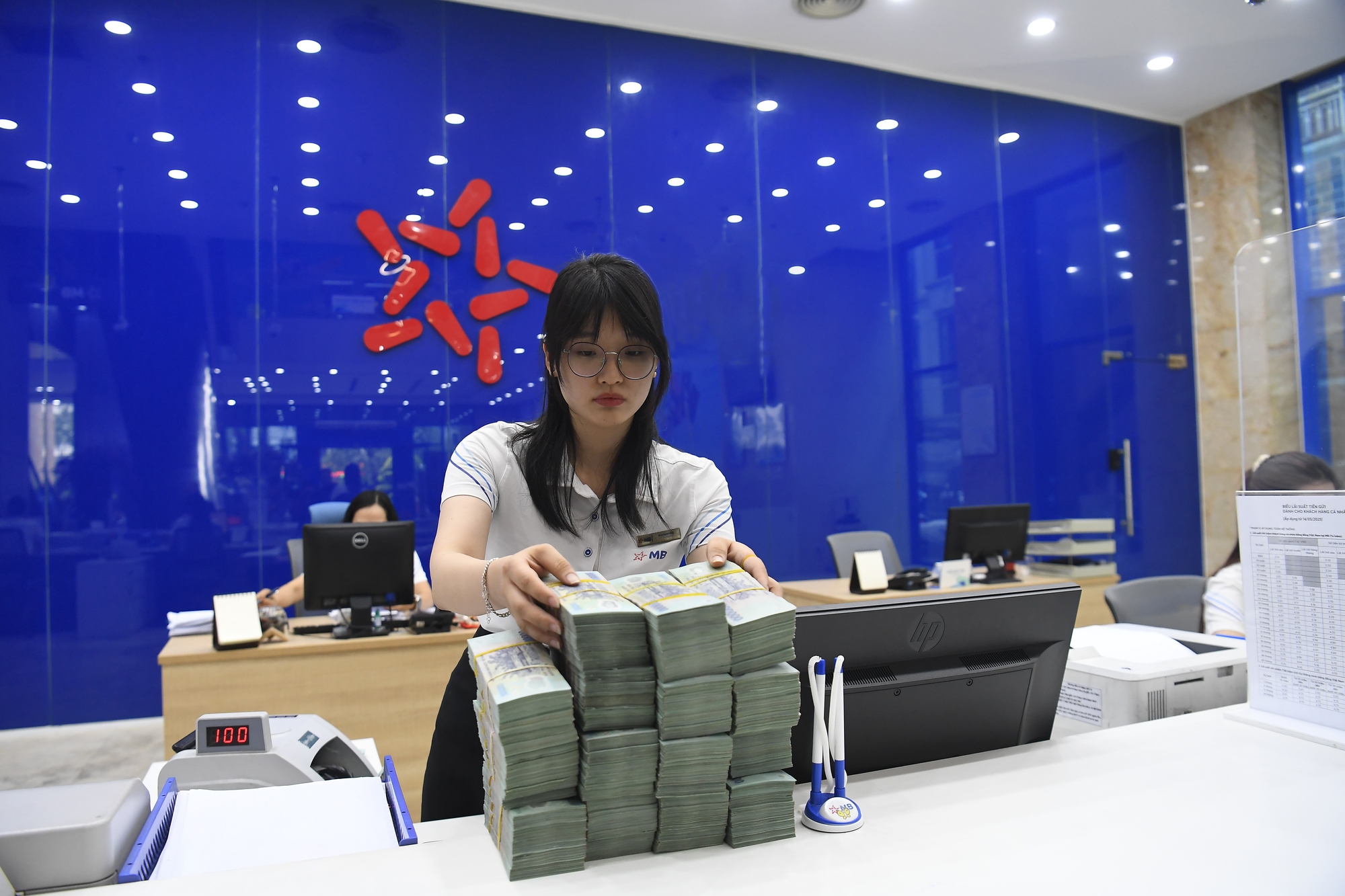
The Prime Minister has instructed the banking sector to ensure capital availability and stable interest and exchange rates to meet the needs of the economy. Photo: LAM GIANG
While the SBV’s accommodative monetary policy has been a boon for the recovery, the sudden surge in gold and exchange rates has posed significant challenges to macroeconomic stability. In just one month, SJC gold bar prices skyrocketed by tens of millions of VND per tael, surging from VND 124 million to over VND 135 million. In the free market, small gold shops pushed prices even higher, with SJC gold bars reaching a record VND 143.5 million at one point, a level hardly imaginable before.
The rapid increase in SJC gold bar prices widened the gap with world prices to a record high of over VND 20 million. This price hike fueled speculation and hoarding among the public, leading to queues and crowding at major gold dealers due to limited sales, creating social order challenges.
Meanwhile, the US dollar exchange rate in the free market briefly surpassed VND 27,000, the highest ever, while USD exchange rates at commercial banks also exceeded VND 26,500, significantly impacting import and export activities, among others.
Associate Professor Dr. Nguyen Huu Huan from the University of Economics Ho Chi Minh City points out the correlation between gold and exchange rates in Vietnam. “When gold prices surge, there is often upward pressure on the exchange rate. Now, with gold prices at record highs, the free market USD rate is also climbing, putting pressure on the USD/VND exchange rate. Since the beginning of the year, the interbank exchange rate has increased by 3.45%, a considerable rise given the weakening of the USD in the international market,” he analyzes.
Channeling Capital into Production
Despite the challenges, at the regular August Government meeting, Prime Minister Pham Minh Chinh remained steadfast in pursuing the goals of macroeconomic stability, inflation control, maintaining major balances, and achieving GDP growth of 8.3%-8.5%. The Prime Minister emphasized that growth must be high but also sustainable, going hand in hand with social welfare, improving people’s lives, and ensuring security and stability for development.
To achieve these goals, the Prime Minister instructed the SBV to direct credit towards production, business, and priority sectors, while also supporting new growth drivers such as science and technology, innovation, the digital economy, green economy, and circular economy.
He further stressed the need to maintain stable interest rates for the Vietnamese dong, increase exports to maintain the trade surplus, and boost exports in services such as logistics and tourism.
Particularly, Prime Minister Pham Minh Chinh directed the SBV to closely monitor domestic and world gold price movements and implement necessary solutions to stabilize the gold market. He also ordered enhanced inspections to detect and strictly handle violations, especially manipulation, hoarding, illegal business activities, and profiteering that disrupt the gold market.
In an interview with NLD reporters, Mr. Nguyen Quoc Hung, Secretary-General of the Vietnam Banks Association (VNBA), affirmed that capital for production and business activities is currently abundant. Banks are offering preferential credit packages with low-interest rates for agriculture, exports, seafood, small and medium-sized enterprises, and businesses adopting high technology and digital transformation.
“The question is the credit demand of enterprises for specific projects. Currently, very few enterprises complain about capital shortages. What businesses need is support in trade promotion, marketing, market search, and solutions to save production input costs to make their products competitive. These tasks are not solely the responsibility of banks but require the involvement of ministries and sectors,” Mr. Hung said.
SBV Deputy Governor Pham Thanh Ha stated that the SBV would continue to flexibly and synchronously manage monetary policy tools, harmonizing exchange rates and interest rates to facilitate production and business activities. “We will manage the exchange rate closely, ready to intervene if necessary, to stabilize the foreign exchange market. Credit will be regulated according to macroeconomic developments and the economy’s absorptive capacity, ensuring timely capital supply,” he assured.
From an expert perspective, Associate Professor Dr. Pham The Anh from the National Economics University emphasizes that to achieve high growth targets, even aiming for double-digit growth next year, the prerequisite is to maintain macroeconomic stability. “Chasing growth at the expense of macroeconomic stability will undermine our ability to attain both high growth and sustainable development in the long run,” he warns.
According to him, macroeconomic stability can be measured by four specific indicators. Firstly, inflation must be kept below 4%, ideally in the 2-4% range. “Inflation erodes the income of workers and the poor the fastest,” he stressed.
Secondly, real estate fevers must be tightly controlled as they exacerbate wealth inequality and have far-reaching social consequences. Thirdly, exchange rate stability is crucial for an export-oriented economy that relies heavily on foreign investment, such as Vietnam. Lastly, the sustainability of public debt is another vital indicator.
Additionally, the expert suggests enhancing the independence of monetary policy to effectively maintain macroeconomic stability. “The National Assembly can set targets and goals, but the SBV should have full authority to use its monetary policy tools to achieve those goals. Fiscal policy can be expansionary to boost growth, but the task of ensuring macroeconomic stability should be left to monetary policy,” he proposed.
Optimizing Supportive Policies on Taxes and Fees
At a recent meeting of the Prime Minister with the Policy Advisory Council, Dr. Can Van Luc, a member of the council, emphasized the need for businesses to take advantage of supportive policies on taxes, fees, and interest rates and embrace technology to enhance their competitiveness.
“Steady Growth: World Bank Forecasts 6.6% Economic Expansion for Vietnam in 2025”
The World Bank forecasts that Vietnam will sustain a steady growth rate of 6.6% in 2025, underpinned by robust exports, a thriving tourism industry, and agile fiscal policies.
A Strategic Approach to Fiscal and Monetary Policy: Steering Vietnam’s Economy Towards 8.3-8.5% Growth in 2025
“Prime Minister Pham Minh Chinh has signed Dispatch No. 159/CD-TTg on September 7, 2025, providing guidance and direction on fiscal and monetary policy frameworks. This dispatch outlines the government’s strategic approach to managing the nation’s finances and currency, with the aim of fostering economic growth and stability.”




